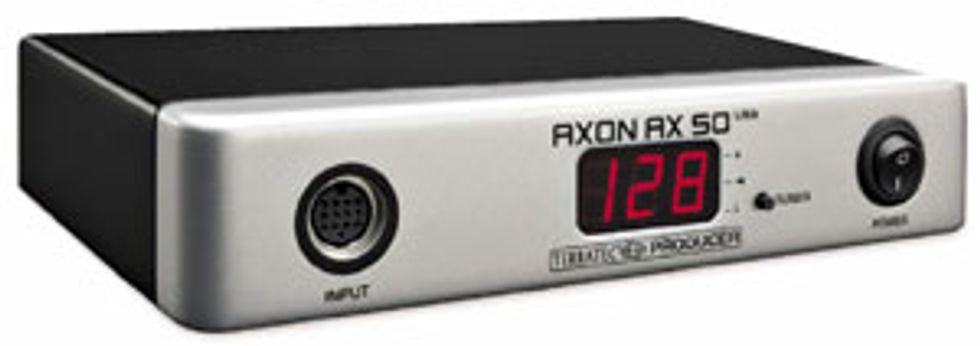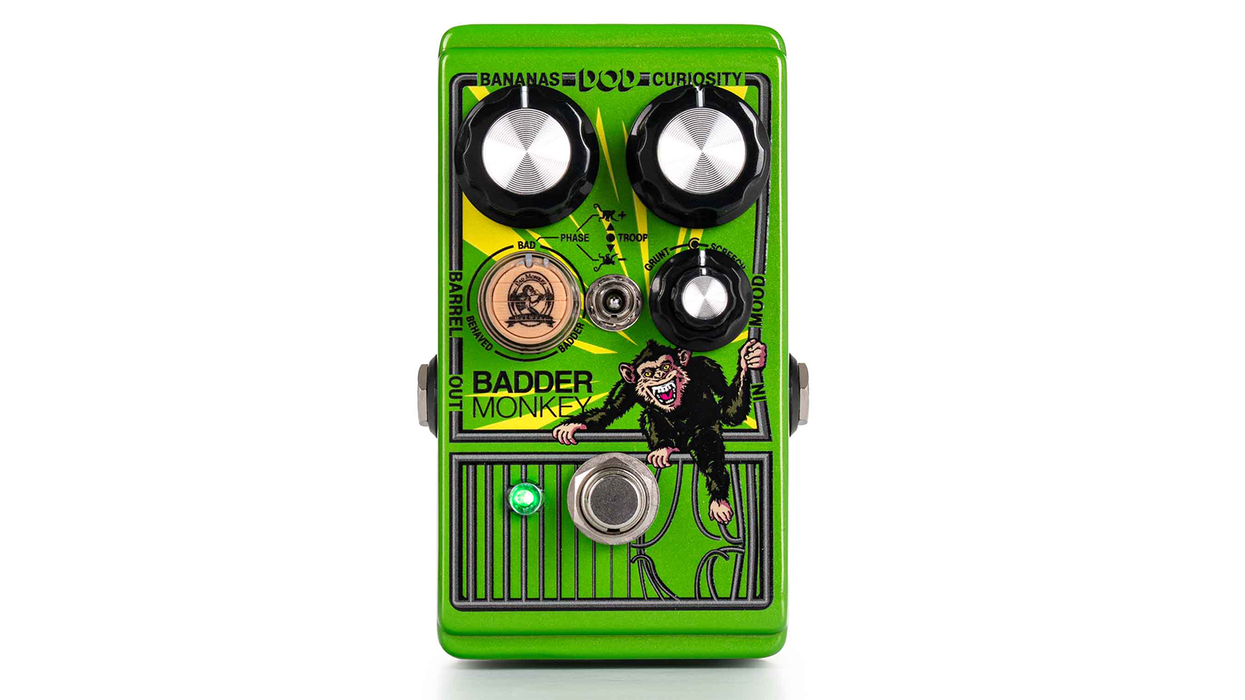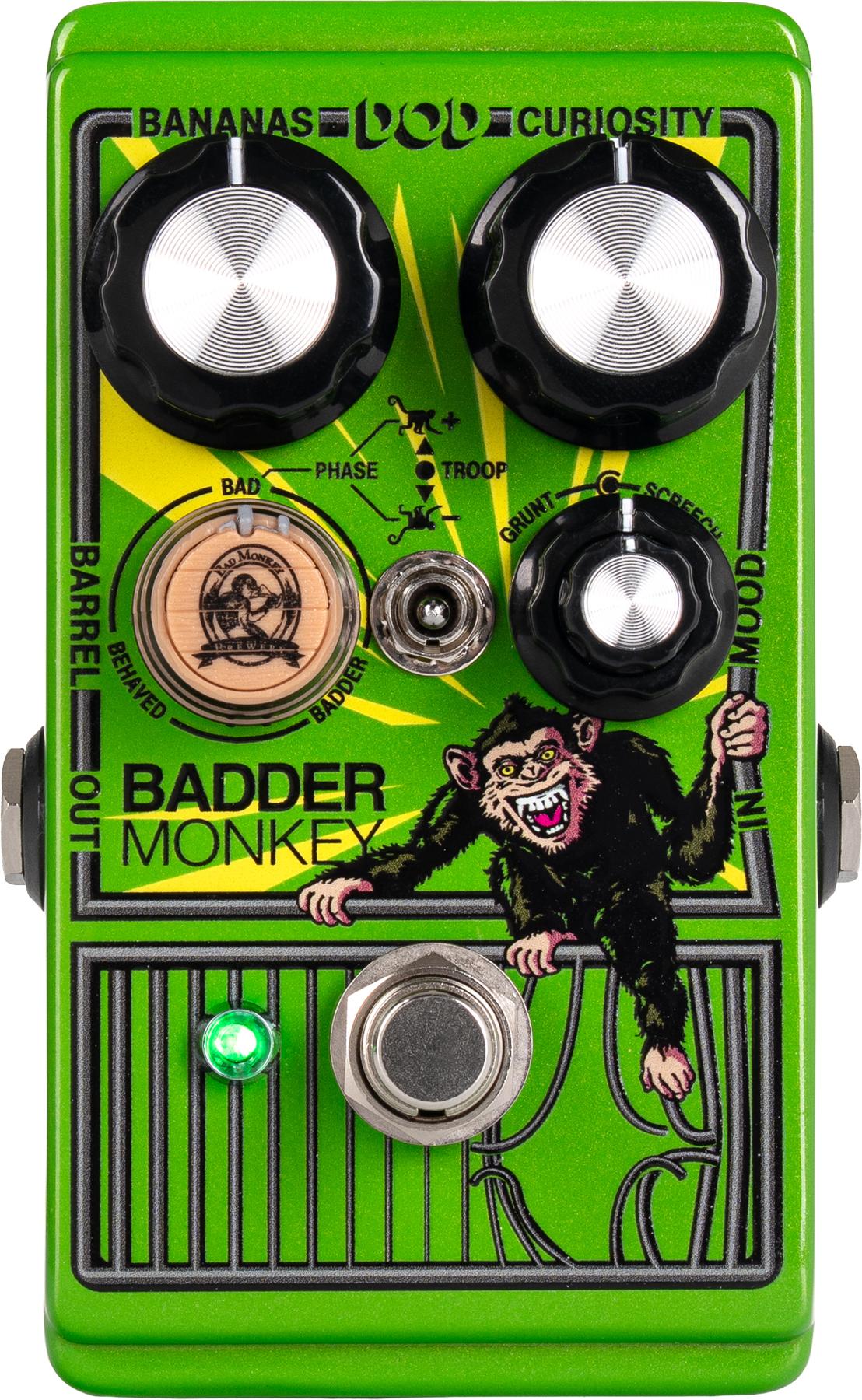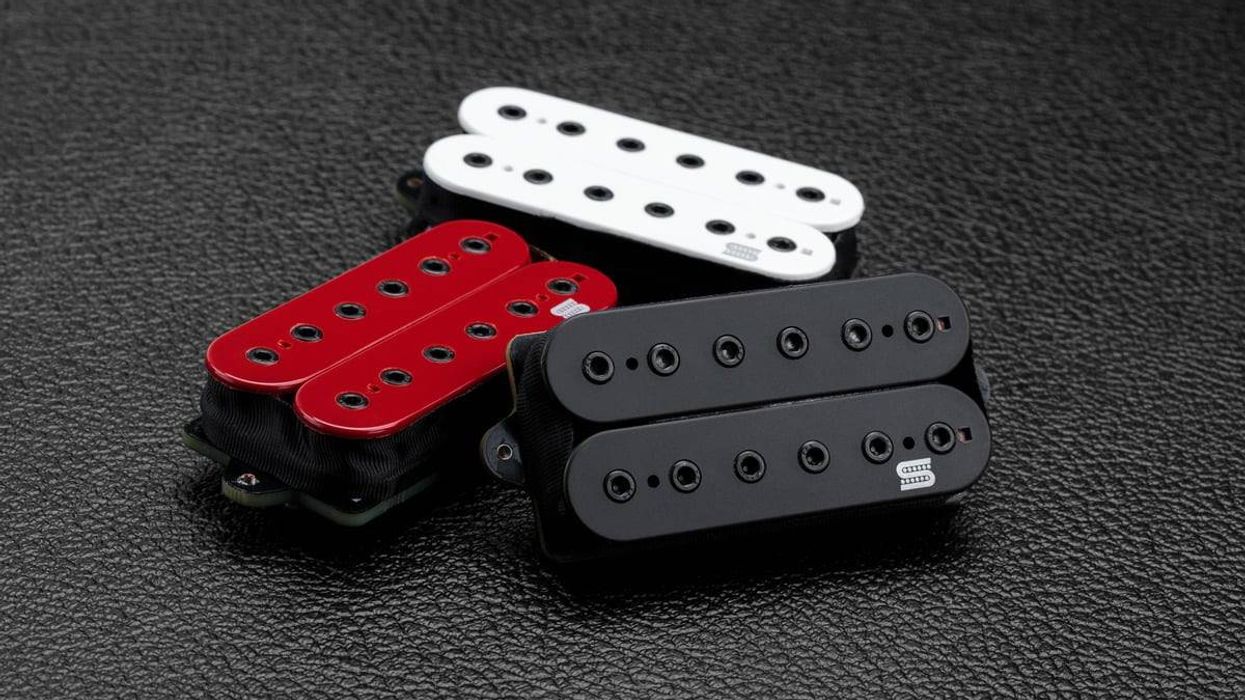 Are you getting 100% out of your recording software? Did you know guitarists could do more than just record their guitar into a computer? How about playing a piano, string section, horns and more? Do you want to notate sheet music or tab and email or print it out? With a guitar to MIDI converter, you can use your recording or notation software to it fullest potential.
Are you getting 100% out of your recording software? Did you know guitarists could do more than just record their guitar into a computer? How about playing a piano, string section, horns and more? Do you want to notate sheet music or tab and email or print it out? With a guitar to MIDI converter, you can use your recording or notation software to it fullest potential. Go Digital
To date, there are only three guitar to USB MIDI converters on the market: Roland’s GI-20 and VG-99 models and the Axon AX 50 USB. Obviously each model has its benefits and quirks – the Rolands are easier to setup and use but the Axon packs in more features and tracks faster. The Axon is faster because of how it detects the note – instead of waiting for a waveform to read, like other converters, the Axon detects note information (pitch, volume, pick location and more) from the instant the note is picked (called Transient Early Recognition). Combine this speed with three different splits, MIDI tuning, virtual USB ports and some software sounds and you have a nice little package.
The AX 50 connects to your PC or Mac, via a USB cable, while your instrument is plugged into the AX 50 with a 13-pin guitar cable or a hex pickup attached to your guitar. Astonishingly, while the unit came with a USB cable (a common connection these days), the 13-pin cable needed to connect the guitar to the Axon was not included. Fortunately, the AX 50 is class compliant, meaning there are no drivers to load. Installing the AX 50 editor and the WAVE XTABLE/Kontakt Player 2 – a sample library player with sounds – was a breeze on my Mac G4 Powerbook.
The front of the unit is clean and sleek. It consists of only a power switch, a button for selecting tuner mode, brightness and firmware update mode, a three-character display and the 13-pin input – which in my experience was a bit flimsy. The back of the unit has a 12 VAC input (yes, it is a wall wart), USB port, MIDI In, Out, and Thru and an instrument out.
It does take some work to setup the Axon for your personal style of playing. For new entrants into the digital realm, it should be noted that guitar synths/converters have always required some level of technique. I spent about an hour playing various sounds and adjusting the sensitivity, quantization and velocity settings to get it to track but it was worth it. The Axon responded to my picking dynamics, bends and hammer-ons. Even the low E and A strings tracked well, something that has always been a complaint by guitarists.
| “Another tool that might interest enterprising musicians is the MIDI tuning feature, which allows you to play in regular tuning but trigger MIDI in a different tuning.” |

Edit Away
The AX 50 features eight guitar settings – including parameters for sensitivity, instrument type, tuning and trigger level – allowing you to use the Axon with different guitars or techniques. This comes in handy, for example, if you have more than one MIDI guitar, since each instrument plays differently and requires different settings. You can also define different settings to get the optimum tracking for picking, strumming, fingerpicking, tapping and other techniques. The AX 50 features instrument type settings for a guitar, bass, violin and cello that have a 13-pin output, making it extremely versatile.
Using the AX 50’s splits (pick, fret and string), you can divide or combine different areas of the guitar to achieve mindboggling control. This includes changing sounds by moving from one area of the fingerboard to another, by moving your right hand toward the neck or the bridge or by having the top strings play different sounds from the lower strings.
These parameters can all be defined and edited with the Axon’s editing software, and MIDI parameters can also be controlled under “pick controller.” The software provides pulldown menus for which split (1-4) and what kind (string, fret or pick), making this unit great for live playing. The Axon’s USB port also supplies five USB outputs – four virtual outputs and one dedicated to communicating with the editor – that are individually assignable to the presets and splits. When used in a recording application, this allows an interesting interplay between tracks while recording; you can control four tracks or plug-ins simultaneously.
Another tool that might interest enterprising musicians is the MIDI tuning feature, which allows you to play in regular tuning but trigger MIDI in a different tuning. For example, drop D, 1/2 step down, open tunings, your own custom tunings, etc. All the above settings can be stored in the Axon’s 128 presets.
One thing I should note is that I had occasional difficulties with the editor, with my Powerbook unable to open the editor. When this occurred, I would have to “force quit” the application and reopen it.
The Final Mojo
The AX 50 includes TerraTec’s WAVE XTABLE VI and Native Instruments’ Kontakt Player 2 for sounds. The WAVE XTABLE VI comes with 128 sounds and 9 drum/sfx kits so you can trigger, record and playback sounds right away. It was designed with the Axon user in mind, and the sounds are good enough to get you started. Kontakt Player 2 can be used as a stand-alone application or as a plug-in with your recording software but note that it can only play Kontakt Player 2 libraries. It supports AU, VST, DXi, and RTAS on PC, and provides support for AU and RTAS on Macs. Another note here for PC users: an ASIO driver is recommended. The standard Windows driver, MME, or a DirectSound driver may experience latency issues.
| Rating... | ||
| Tone... | ||
| Craftsmanship... | ||
| Features... | ||
| Value... | ||
| Overall... | ||
TerraTec Electronic GmbH
MSRP $549
terratec.com
Our expert has stated his case, now we want to hear yours. Log on to premierguitar. com, click on “Forum” and share your comments and ratings.
















![Rig Rundown: Russian Circles’ Mike Sullivan [2025]](https://www.premierguitar.com/media-library/youtube.jpg?id=62303631&width=1245&height=700&quality=70&coordinates=0%2C0%2C0%2C0)









